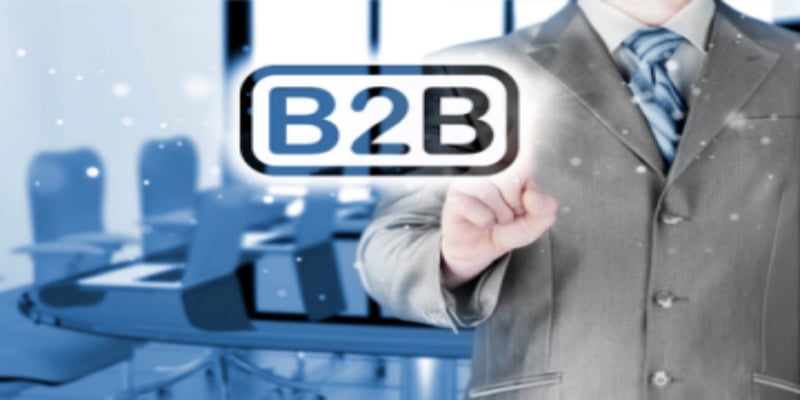
Common B2B ecommerce mistakes include product mismatches, wherein the items on a customer’s contract do not appear on the website or appear on the site at incorrect prices.
For 10 years I have consulted with B2B ecommerce companies worldwide. I have assisted in the setup of new B2B sites, in optimizing existing B2B sites, and with ongoing support for B2B sites.
This post is the first in a series in which I address common mistakes of B2B ecommerce merchants. For this installment, I’ll review errors related to catalog management, pricing, and user experience.
B2B Mistakes: Catalog Management, Pricing
Product mismatch. A B2B site will sometimes not include the products from a customer contract. Other times the site will include the merchant’s full product catalog instead of the selected products the customer contracted for. This mismatch leads to much confusion as the customer might select products that are not part of the contract, or she cannot find products that are in the contract.
Pricing mismatch. Product pricing is often not aligned with the contracted price. The most common mistake is to see the list price on the site and not the contracted price. This makes the purchase process more cumbersome as every transaction needs to go through a price adjustment before the order can be fulfilled.
Incorrect landing page from punchout. Most B2B sites support punchout where a buyer lands on the merchant’s site after selecting a product on his company’s procurement site. Ideally, a punchout application will take the user to the selected product’s page on the merchant site. But far too often punchout requests take users to the main product catalog page. This forces the user to search for the product on the merchant’s site.
Retired products. It is not unusual for B2B merchants to retire products. But often merchants fail to inform their customers. Consequently, customers continue to try to purchase products that are no longer sold, resulting in more time spent in manual resolution.
Lack of cross-selling. When a buyer comes to a B2B site, it is an opportunity for the merchant to recommend additional products by cross-selling or up-selling. Many merchants miss this opportunity by not showing these recommendations.
Outdated contracts. Some B2B contracts are for multiple years. But merchants’ products and pricing change frequently. As a result, customers might see a different set of products or different pricing on the merchant’s site, resulting in confusion.
Inconsistent customer experience. The ideal B2B experience is to personalize the site based on customer requirements. This could mean using colors and layouts suggested by the customer, adding the customer’s logo, and customizing the entire punchout experience. Many B2B sites fail to do any of this.
Performance challenges. Punchout is a real-time call from the customer’s environment to a merchant’s site. It requires the merchant’s site to load quickly so customers can take products without delays. But often, B2B punchout transactions run into performance challenges, resulting in timed out transactions.
Lack of cross-border localization. B2B sites are often accessed by international customers. It is important to localize the experience with the local language, date format, and currency.
Security glitches. B2B sites can have multiple types of security. Occasionally it creates problems. Some sites require users to log in each time they access it. Some try to read from a cookie and fail the punchout transaction if the cookie does not exist. And some offer complex, multiple roles and permissions, such as allowing a user to add products only up to a certain price point. In my experience, the sites that have the fewest security glitches automatically log in the user at punchout and offer just two roles: purchaser and approver.
See the next installment: “Part 2: User Management, Customer Service.”




